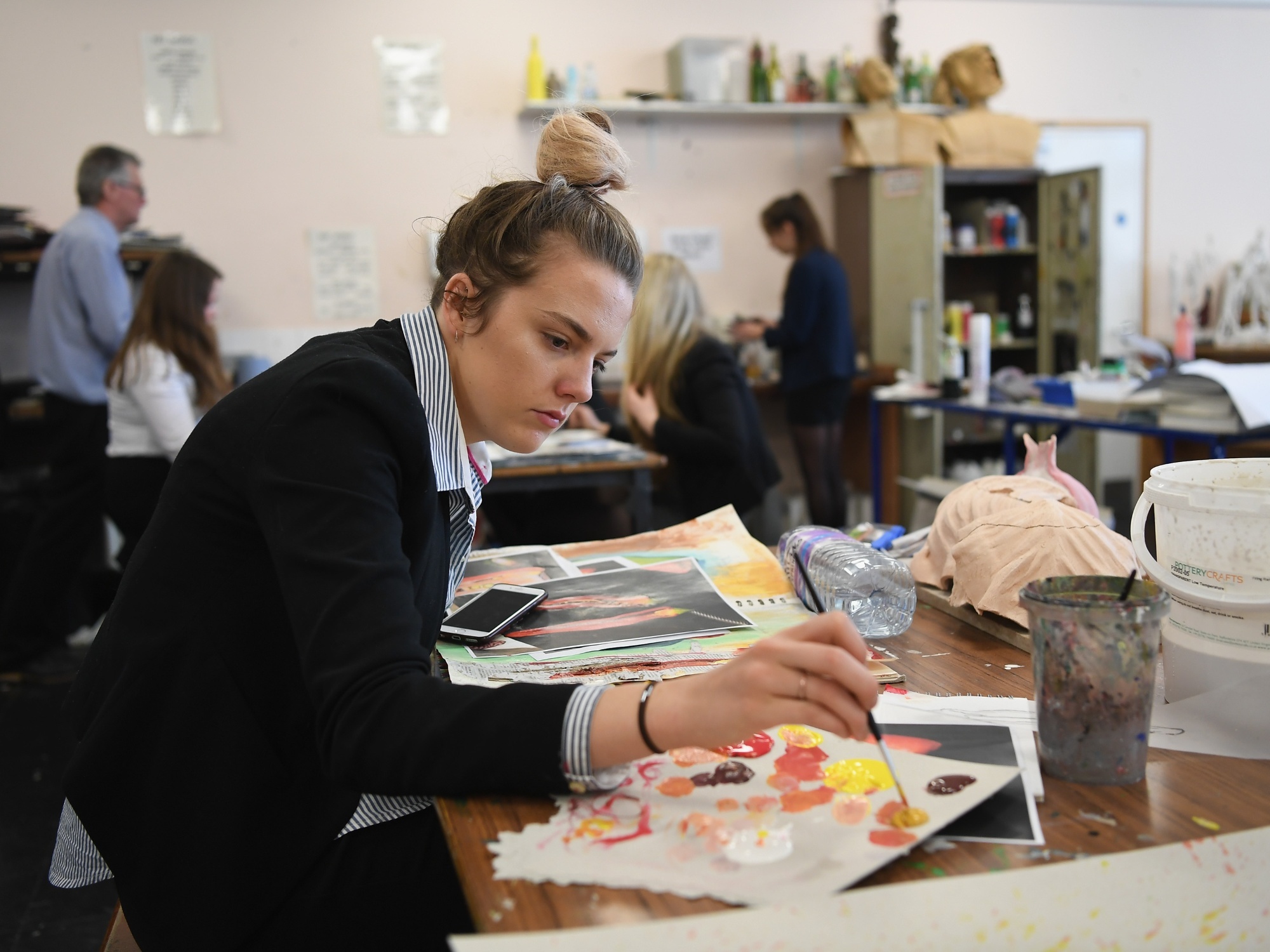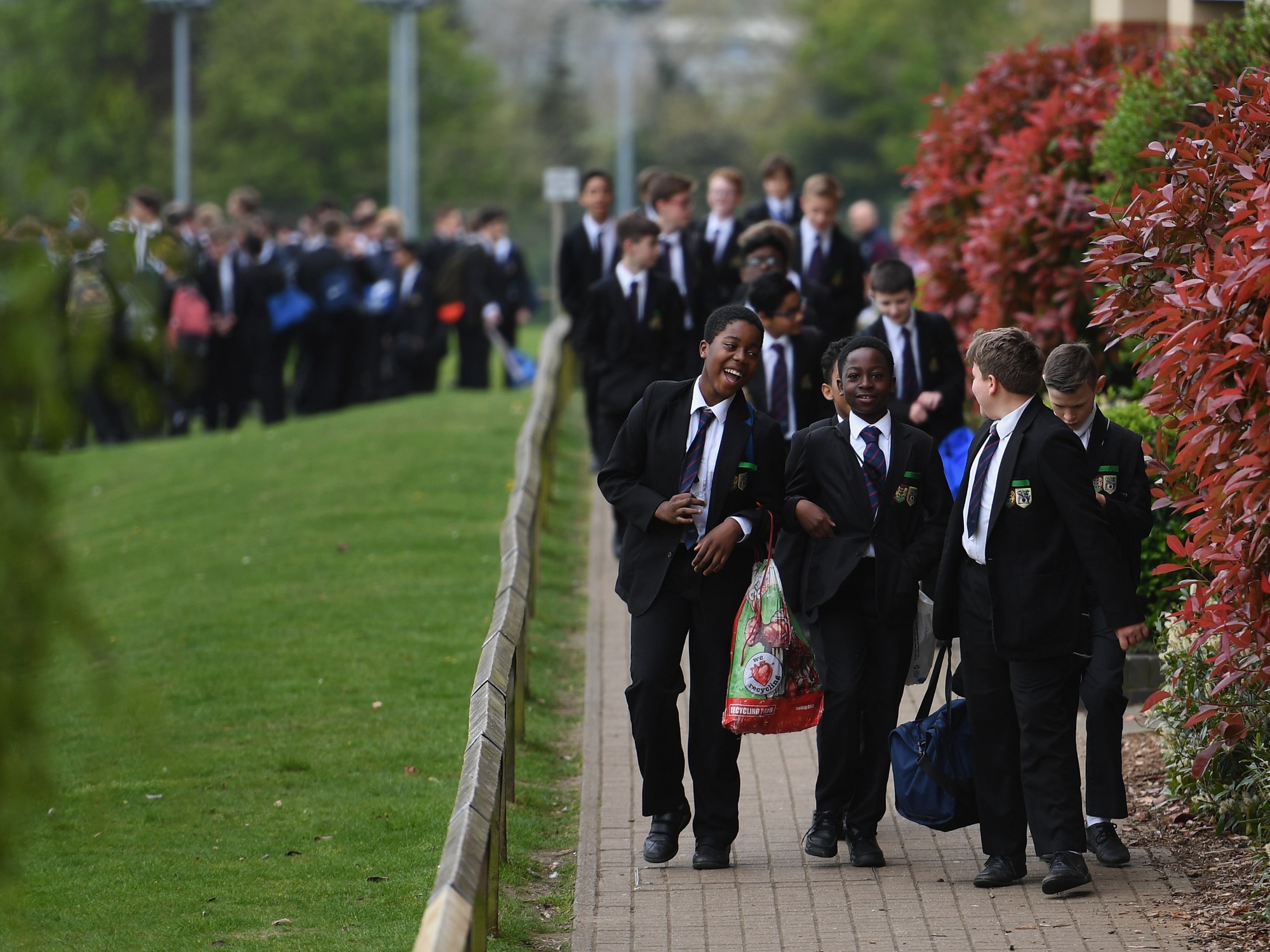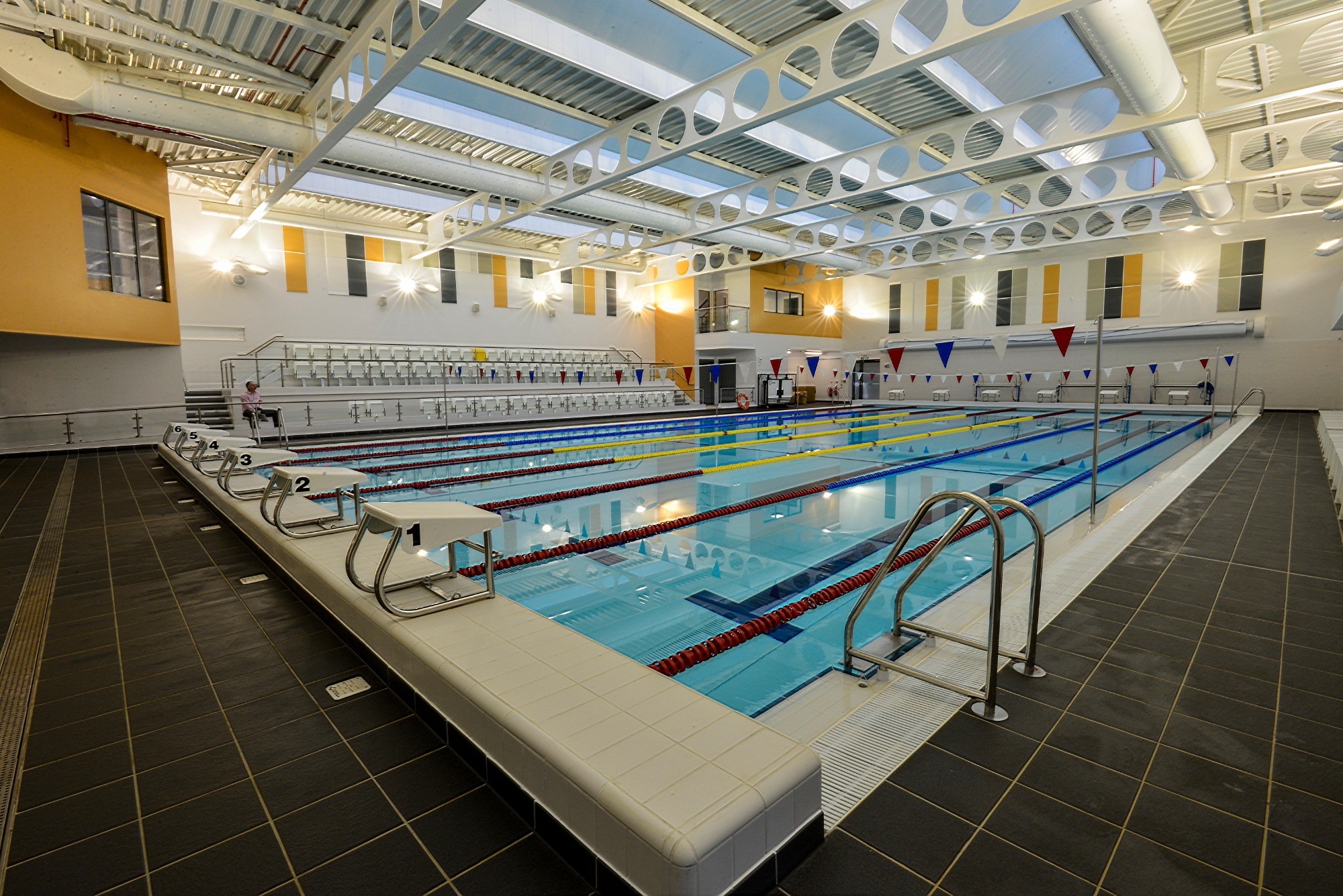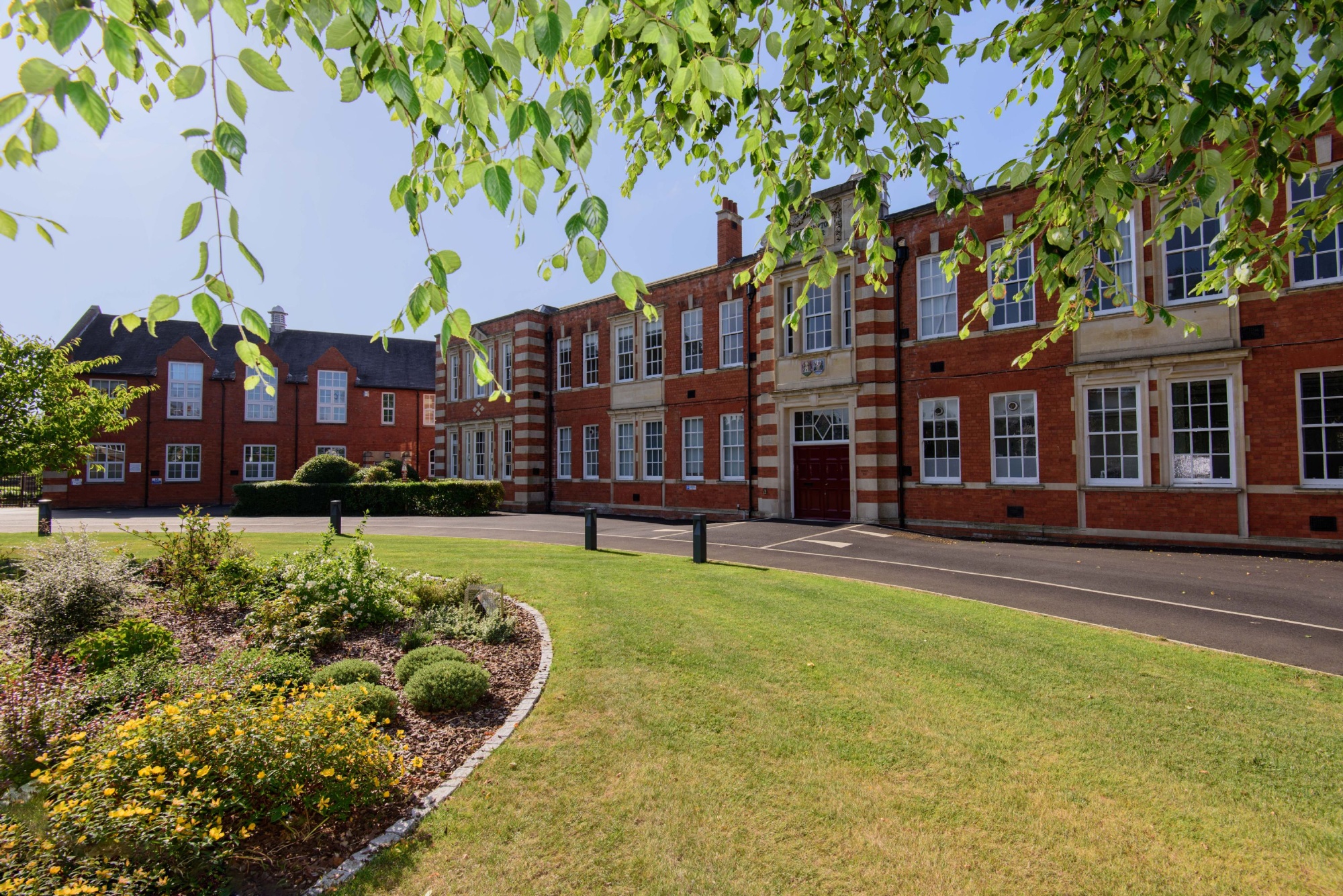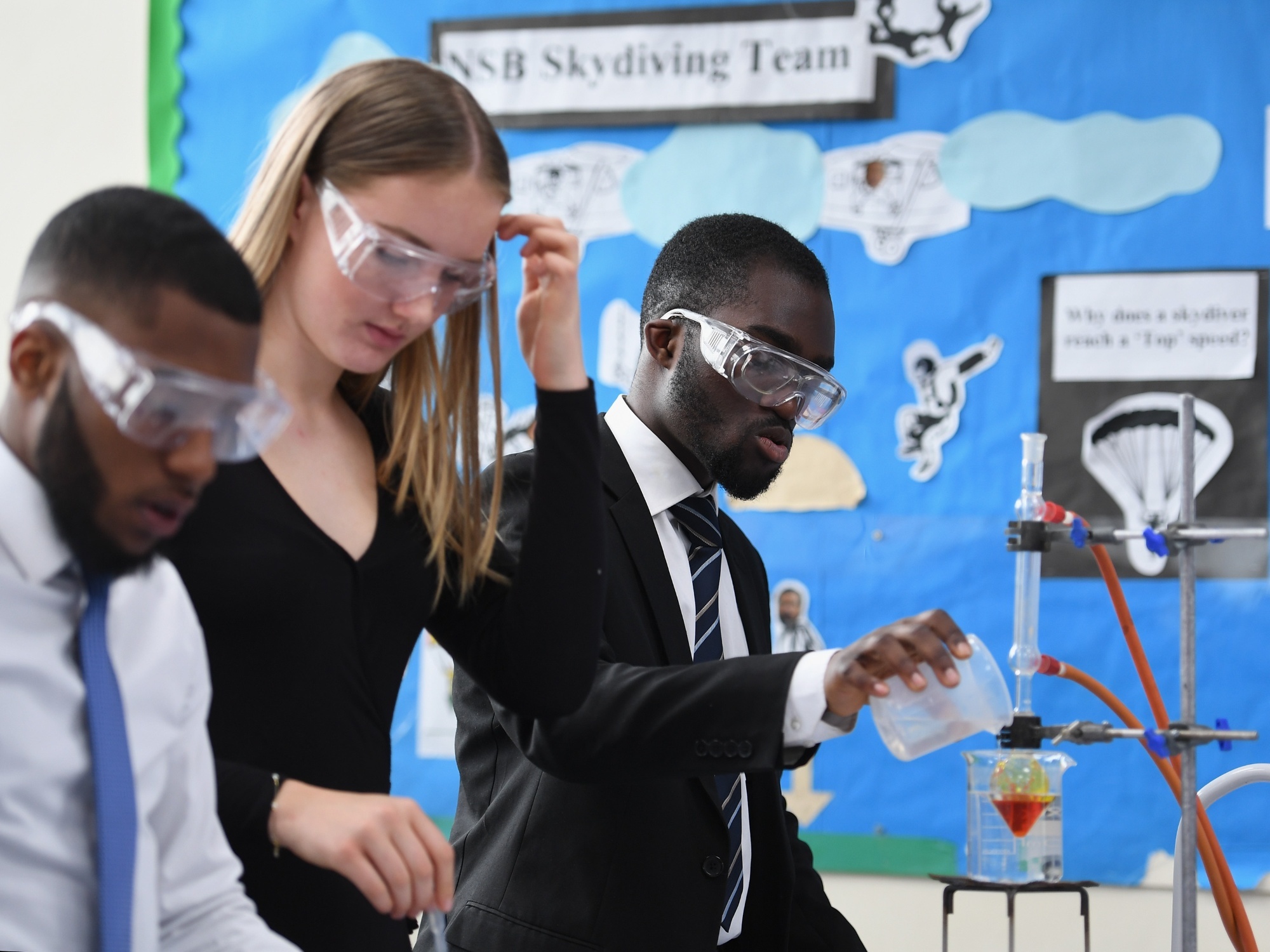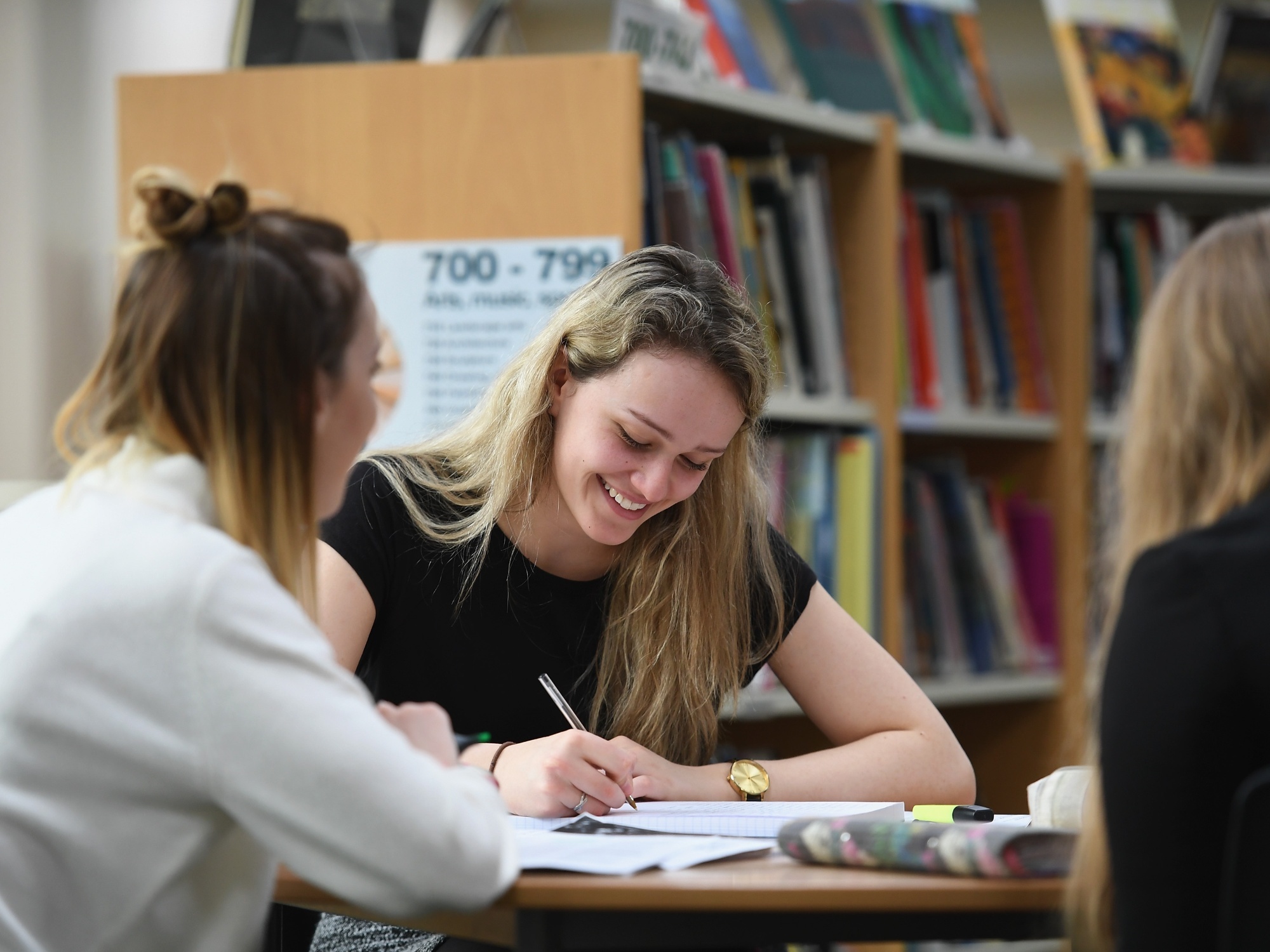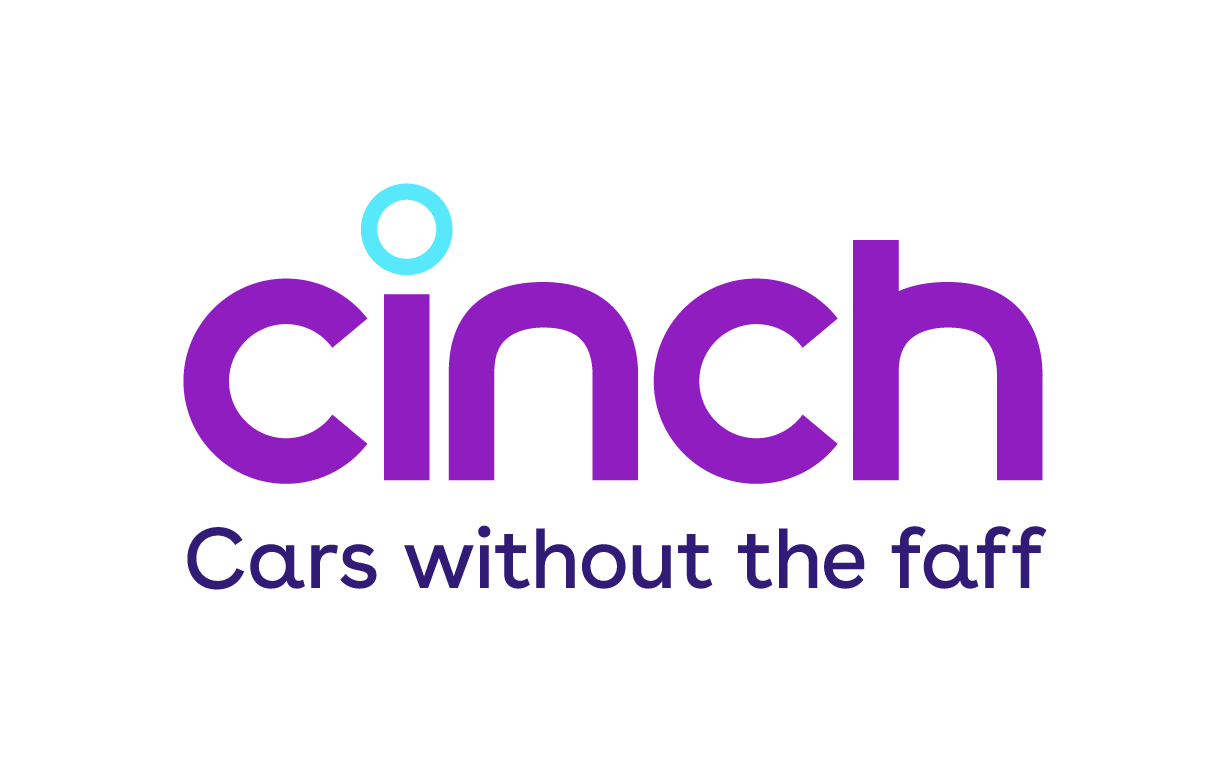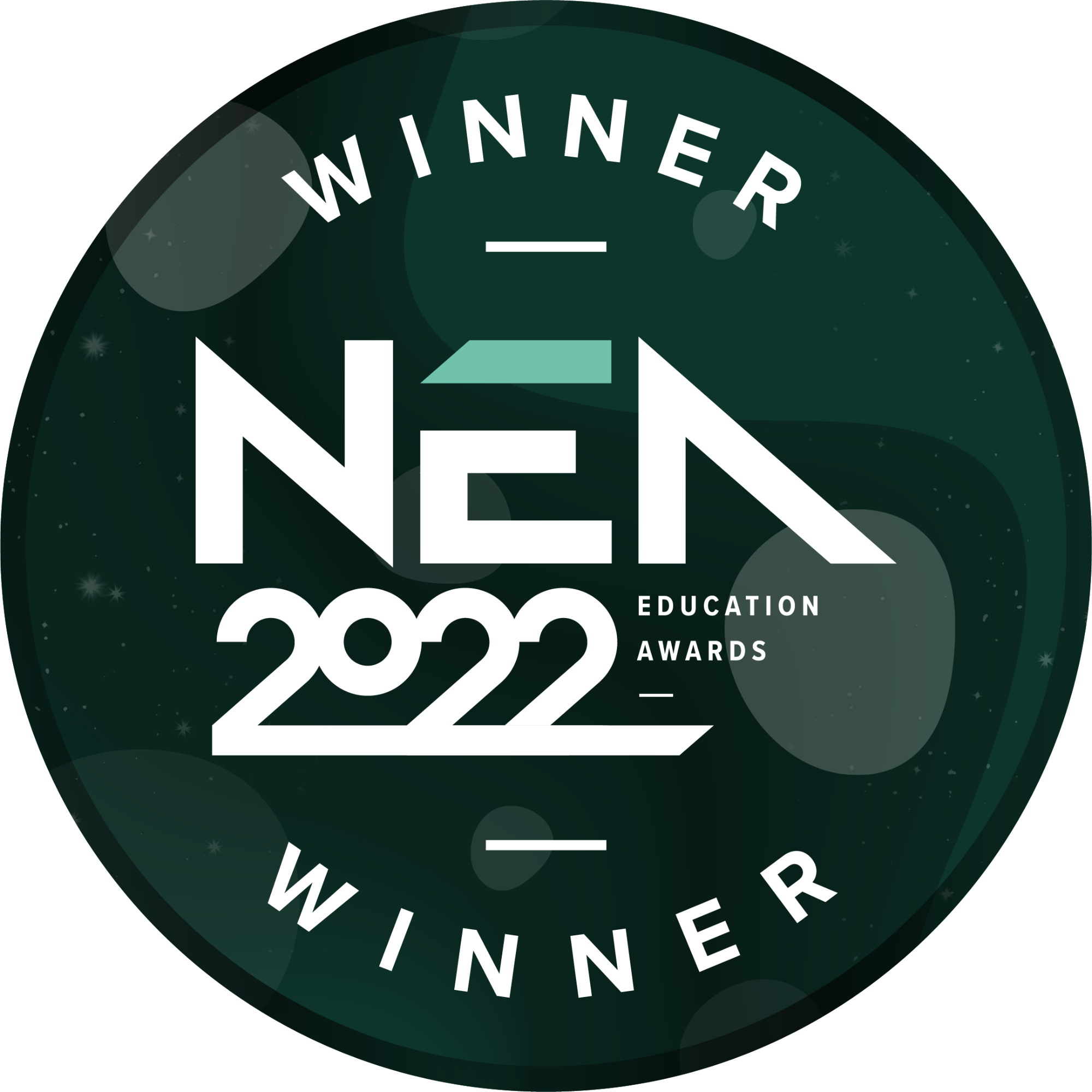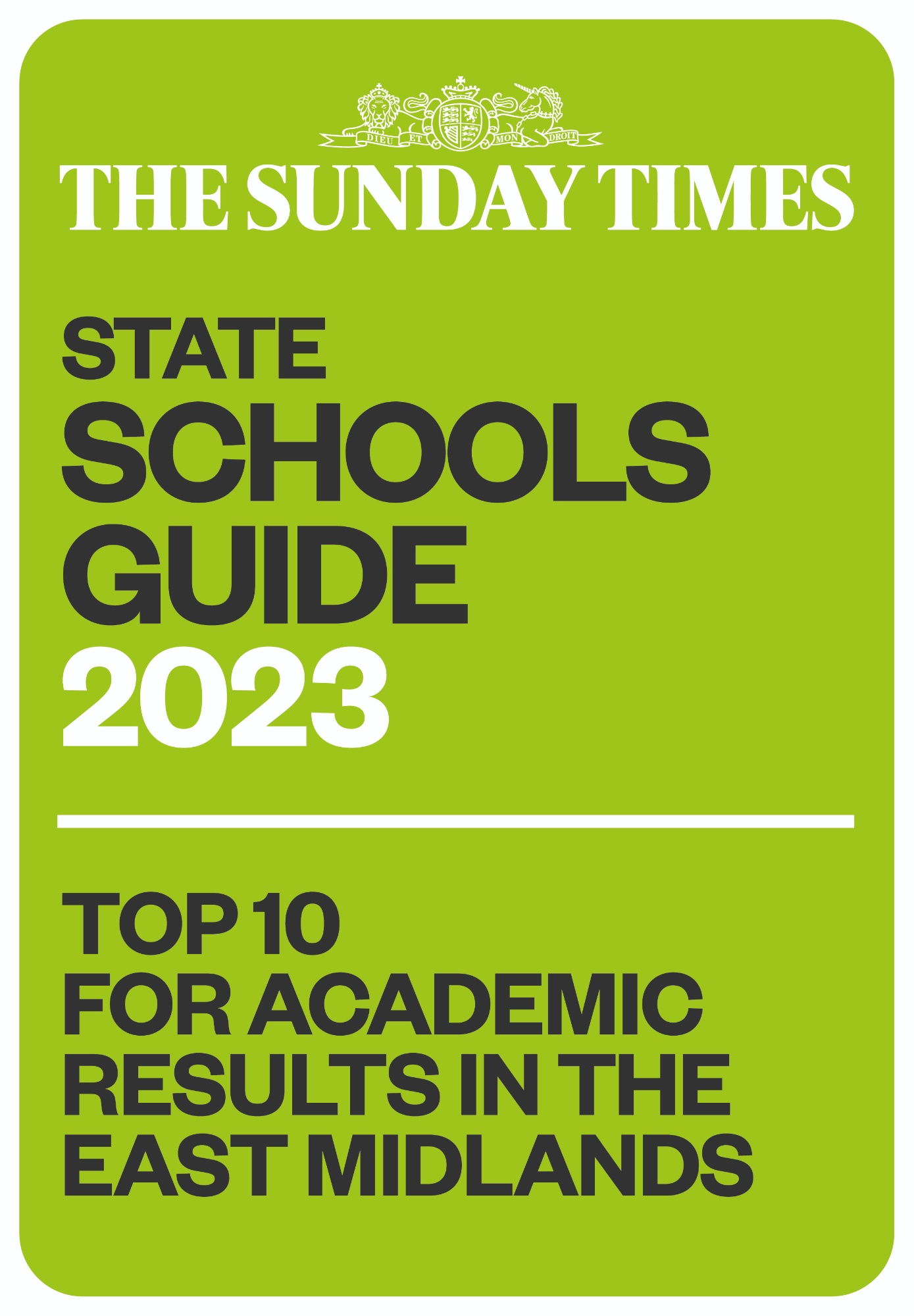Visual Arts
Team Leader - Helen Hasan
Overview
Art at Northampton School for Boys provides students with the opportunity to be creative in drawing, painting, printmaking and sculpture throughout the duration of the course. We offer a broad, inclusive approach to the subject to enable students to develop and build upon their knowledge and skills. In Art, students learn how to generate ideas through creative thinking and problem-solving skills, and they are encouraged to think and work independently within a supportive environment. Students experience the significance of creativity and are encouraged to explore innovative and original ideas.
Art students regularly partake in competitions and events such as the University of Northampton Schools Art and Design Competition, Global Canvas Children’s Art Competition and the Royal Academy Young Artists’ Summer Show.
Year 7
The course begins with an introduction to observational drawing through the exploration of the formal elements of Art and Design, such as colour, line, tone and proportion. The development of drawing skills is prevalent throughout the course and acts as a starting point for each project. Students will develop a broad knowledge of artists and contextual studies to inspire their own ideas using a wide range of materials, techniques and processes.
Term 1 and 2 – Self Project
Students will gain knowledge of portraiture, including proportion and drawing techniques based on the self-portrait. They will research relevant artists and contextual references aimed to inspire the development of concepts and ideas informed by their own interests and values. There will be a focus on colour theory, colour mixing and painting techniques which will be applied to produce a personalised outcome.
Term 3 and 4 –Perspective
Students are taught to understand one and two-point perspective whilst developing their drawing skills, including building upon their knowledge and application of the formal elements. Alongside relevant artist research, students will learn how to use a range of materials and apply this knowledge to create a personal architectural response.
Term 5 and 6 – Landscape
The landscape project provides an opportunity for students to develop their knowledge of a wide range of mediums to include drawing, painting, mixed media, and ceramics. Direct observational drawing of the landscape is a key aspect of the project. Alongside a wide range of techniques and processes, students will have the opportunity to explore relevant artists to inspire both their 2D and 3D outcomes.
Year 8
The Year 8 course builds upon the foundations established throughout the Year 7 projects. Students will work on three different titles throughout the year to broaden their knowledge of artists, materials, techniques, and subject matter. The projects allow for a breadth of experience in two and three dimensions to develop their creative language and practical skillset.
Term 1 and 2 – Still Life
Still Life is one of the principle genres of Art and provides a broad subject area for the students to explore. Within the project, an appreciation of art history and the context within which art is created is included to extend the student’s knowledge of key artists and movements. Techniques such as collage, mark-making and printmaking are taught, supported by the continued development of the formal elements, such as composition, line, tone and colour.
Term 3 and 4 – Human Form and Comics
With a focus on the human form, this project aims to enable students to explore how artists and illustrators depict the figure to show identity and movement. This project develops students’ understanding of visual storytelling through the use of character development, typography, colour and the use of different materials. An opportunity for the personal expression of their imagination, through thematic work is encouraged in the production of their individual flip books and comic strips.
Term 5 and 6 – Cultures
Throughout this project, students will learn and develop knowledge of artworks inspired by different cultures. Through the varied and wide-ranging nature of this topic, students will be given the autonomy to take inspiration from a culture of their choice to perpetuate the development of their practical skills. Students explore a range of approaches with a focus on three-dimensional ceramic outcomes.
Year 9
Year 9 study provides a broad range of techniques in preparation for GCSE. Projects in Year 9 are devised to stimulate creativity and individuality whilst building on previous foundation skills within drawing, painting, printmaking, mixed-media and sculpture. Home Learning tasks provide students with further opportunity for independent thinking, and they are encouraged to take part in group discussion to develop their critical analysis skills.
Term 1 and 2 – Food and Drink
The Food and Drink project is designed to develop students understanding of the four GCSE assessment objectives. Students will develop skills in observational drawing and extend their use of materials, techniques and processes. Students will research artists relating to the theme and develop their ideas leading to a final outcome for the project.
Term 3 and 4 – Urban Environment and Street Art
This project is aimed to develop students’ knowledge of different art genres alongside their creative thinking skills. Students will explore how concepts and meaning can be communicated through art with reference to Street Art and graffiti. Students will be encouraged to consider the local environments as a source of inspiration for the project. A focus on the development of drawing, typography, mixed media work and painting will be inspired by in-depth investigation into relevant artists and contextual sources.
Term 5 and 6 – GCSE Style Project
For the final Year 9 project, students are encouraged to develop autonomy over their work. Choosing from a list of starting points, students will be encouraged to select a topic relevant to their own area of interest. This project will be marked against the four assessment objectives and students must explore observational studies, contextual references, and material experimentation to develop and refine their ideas. It is expected that students will produce an outcome at the end of the project to summarise their creative journey.
Year 9 Photography
- TERM 1 - REFLECTIONS AND ROTATIONS - Looking at four artists to inspire a series of images on the theme: reflections in water, windows and using photoshop to do mirror portraits.
- TERM 2 - FLOG IT a small group project involving a series of images exploring advertising through Billboards, magazine covers, book covers, album art and movie posters, culminating in a group PowerPoint pitch to sell the advertising concept.
- TERM 3 - URBAN TEXTURES - looking at the Boyle family for inspiration, a series of images of textured surfaces are taken and printed in layers and assembled to form a 3-D photographic construction.
- TERM 4 - GHOST STORY A project aimed at developing camera skills and techniques, using long exposures, multiple flash bursts, infrared cameras and pinhole photography.
- TERM 5 - AT THE MOVIES recreating iconic movies in billboard form, incorporating text and imaging through photoshop.
- TERM 6 - POP ART producing portraiture inspired by Roy Lichtenstein and Andy Warhol.
GCSE PHOTOGRAPHY- OCR examination board
Year 10
TERM 1/2
Architectural Abstracts 1 looking at 20th century artists such as Mondrian, Rothko, Delaunay and using these as inspiration for producing a series of images on the theme.
TERM 2/3
Architectural Abstracts 2 developing the architectural theme to include minimalism,, constructivism and others.
TERM 3/4
Cubism and beyond. Still life project incorporating mixed media, collage work and 3-d photographic pieces with cardboard.
TERM 5/6
Surrealism. A series of images involving playing with scale, placing objects in the wrong environment
Year 11
TERM 1/2/3
Narrative project - based on myths, legends and fairytales.
TERM 2/3/4
Examination project based on theme set by OCRexam board culminating in 10 hour practical exam.
KS4 GCSE Art and Design (Fine Art)
The GCSE Art and Design Fine Art course is divided into three separate projects. Throughout the course, students learn to develop their own ideas over a sustained period of time and experiment with a variety of media, which is supported by research into contextual studies.
The course promotes learning across a variety of experiences and through various processes, techniques, materials and resources. Emphasis is on the exploration of multiple disciplines including painting, printmaking, mixed-media, 3D and digital experimentation. Students will have the opportunity to visit galleries such as the Royal Academy, National Portrait Gallery, Tate Modern and Tate Britain alongside working with internationally known artists during workshops.
GCSE Art consists of two units:
Coursework (60% of the GCSE)
Students will undertake two major projects that demonstrate their creative journey from an initial starting point. Whilst meeting all four of the Assessment Objectives, students are encouraged to explore subthemes which are of personal interest to them with reference to contextual research alongside the exploration of materials.
Externally Set Assignment (40% of the GCSE)
The exam board release a choice of themes, starting points and stimuli. Students choose one starting point and develop a project to fulfil the assessment criteria prior to the exam. At the end of this period students undertake a 10-hour controlled assessment where they create their planned final outcome.
A Level Art and Design (Fine Art)
Through the A Level Art course, we aim to foster creativity, encourage visual awareness and promote independent learning. Fine Art students will be introduced to at least three artistic disciplines, such as painting, printmaking, ceramics and mixed media work. The Art department creates a motivating and stimulating environment for students to develop their creativity and they are encouraged to pursue personal interests. Art is a subject that encourages individuals to be reflective, communicative and to take inspiration from the world around them.
Year 12
The Year 12 course is designed to include the delivery of a broad and balanced range of skills, knowledge and experience to nurture creativity and build upon prior experience at GCSE level. Students are expected to complete two separate projects over the course of the year and are encouraged to fully explore a breadth of different materials, techniques and processes. Students are encouraged to develop their awareness of contemporary art. It is advised that students expand upon their artist knowledge by researching into areas of art that are of interest to them and independently visiting art galleries.
Year 13: Personal Investigation – Coursework 60% of the A Level
The Personal Investigation is a practical project supported by written work in the form of an essay. Students are required to conduct a practical investigation into an idea, issue, concept or theme based on an area they wish to develop and explore. The focus of the investigation must be identified independently by the student and must demonstrate their creativity journey.
Year 13: Externally Set Assignment (40% of the A Level)
The exam board release a choice of themes, starting points and stimuli. Students choose one starting point and develop a project to fulfil the assessment criteria prior to the exam. At the end of this period students undertake a 15-hour controlled assessment where they create their planned final outcome.
Please contact the school if you would like to find out more about the curriculum.
|
Ms. H. Hasan (Curriculum Team Leader) |
|
| Mr R. Parker (Photography) | |
| Ms E. Clark (Art) |

